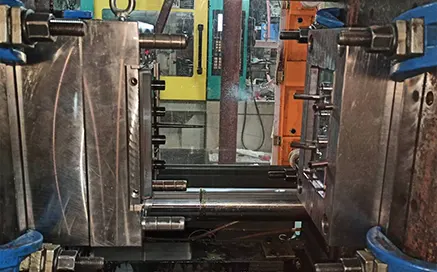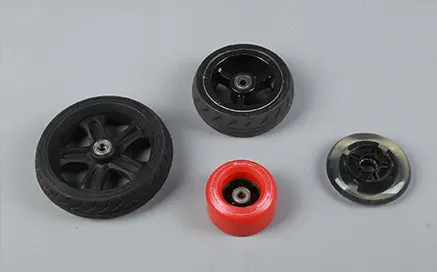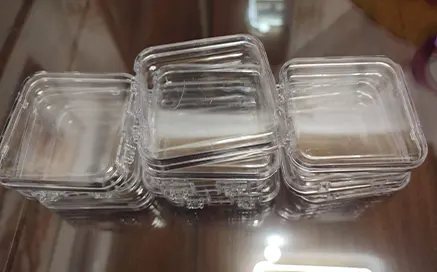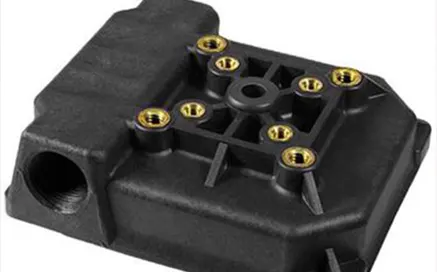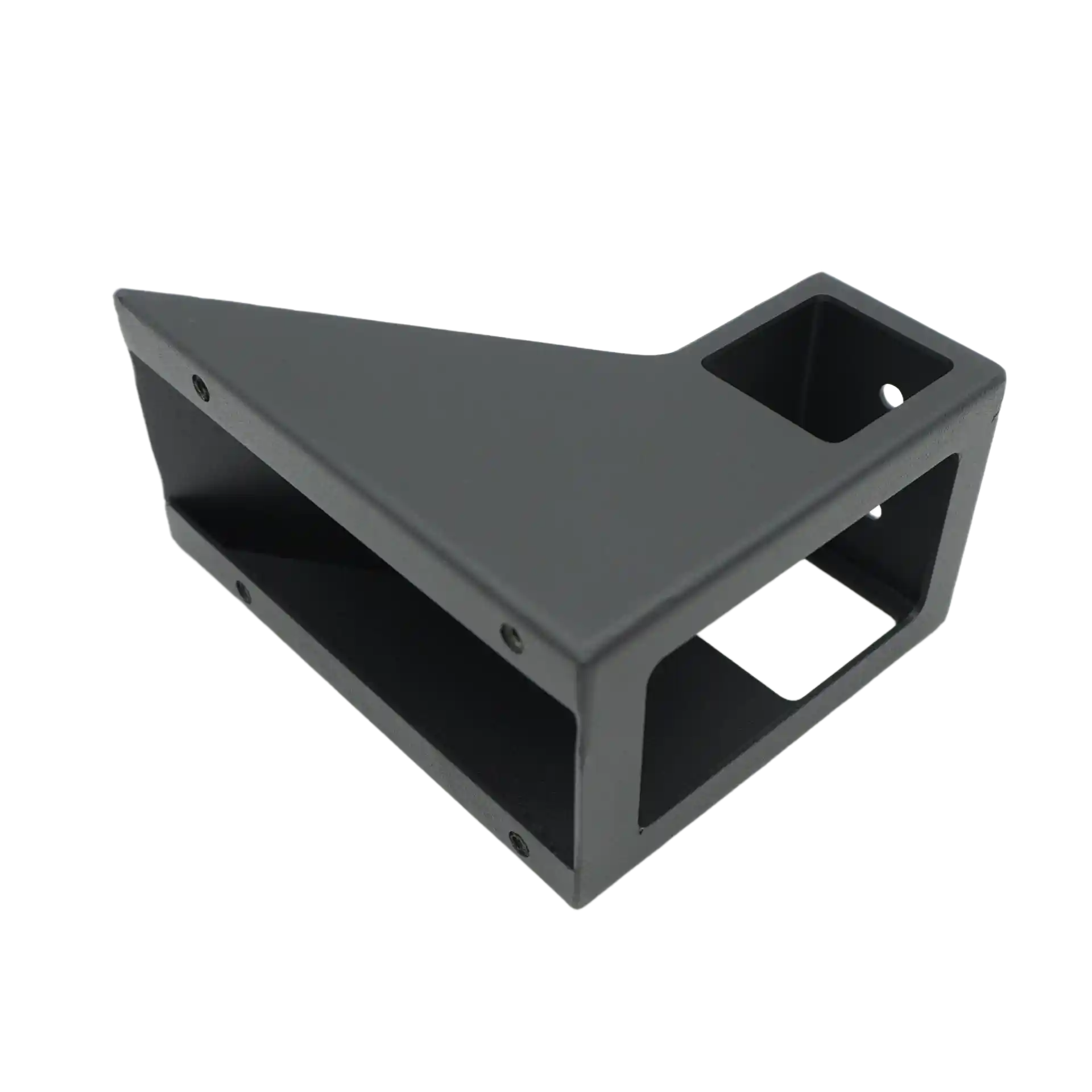
Jump to Section
→ Our Process
→ Design Guidelines
→ Materials
→ Laser Cutting Applications
Laser cutting is a manufacturing process where a laser beam pierces raw sheet stock to produce flat geometries. A range of metals are available, which work well for components such as washers, mounts, brackets, and housings.
Laser cutting is commonly used for:
- prototyping designs or testing product requirements
- efficiencies of scale up to 50+ parts
- parts with standard connectivity features (USB, HDMI, ethernet ports)
Our Laser Cutting Process
Our laser cutting service and capabilities are designed around reliably producing quality parts on time.
Configure materials, finishes, and additional options in myRapid
Standard 3-day lead times for quantities less than 50
Process ensures parts are safe to handle out of the box
Basket of sheet metal components ship on same standard lead time
Flatwork and formed parts produced with one supplier

Laser Cutting Design Guidelines
Follow these guidelines for flat, laser cut parts to ensure quality and accelerate production time.
| in. | ||||||||
|---|---|---|---|---|---|---|---|---|
|
| mm | ||||||||
|---|---|---|---|---|---|---|---|---|
|
Materials and Thicknesses for Laser Cut Parts
We offer the following metal materials for custom laser cut parts. Note that based on material thickness, maximum part size will vary.
| Material | Grade | Thicknesses Available |
| Aluminum |
|
0.025 in. - 0.250 in. (0.635mm - 6.35mm) |
| Steel |
|
0.025 in. - 0.250 in. (0.635mm - 6.35mm) |
| Stainless Steel |
|
0.025 in. - 0.250 in. (0.635mm - 6.35mm) |
| Copper |
|
0.025 in - 0.125 in. (0.635mm - 3.175) |
| Brass |
|
0.025 in. - 0.125 in. (0.635mm - 3.175) |

Applications for Laser Cut Parts
Laser cutting is a frequently used manufacturing process in industries such as energy storage, computer electronics, robotics, and aerospace. Common parts fabricated with laser cutting include:
- flat patterns
- face plates
- washers
- mounting plates
- panels

